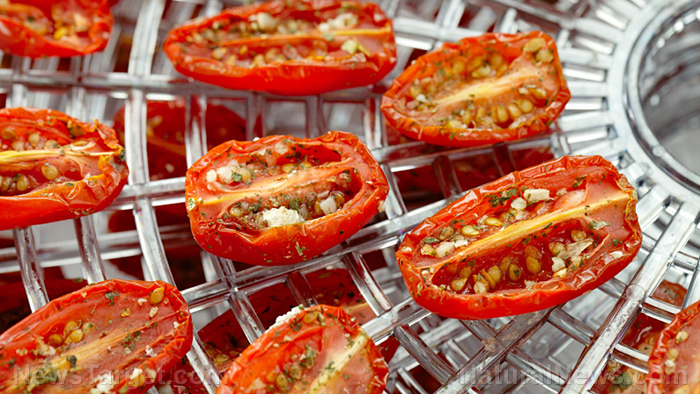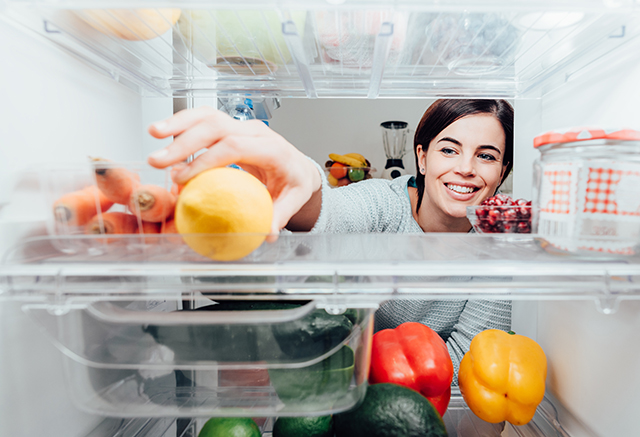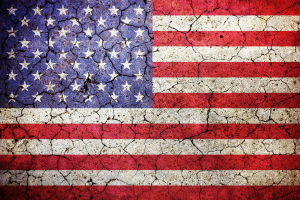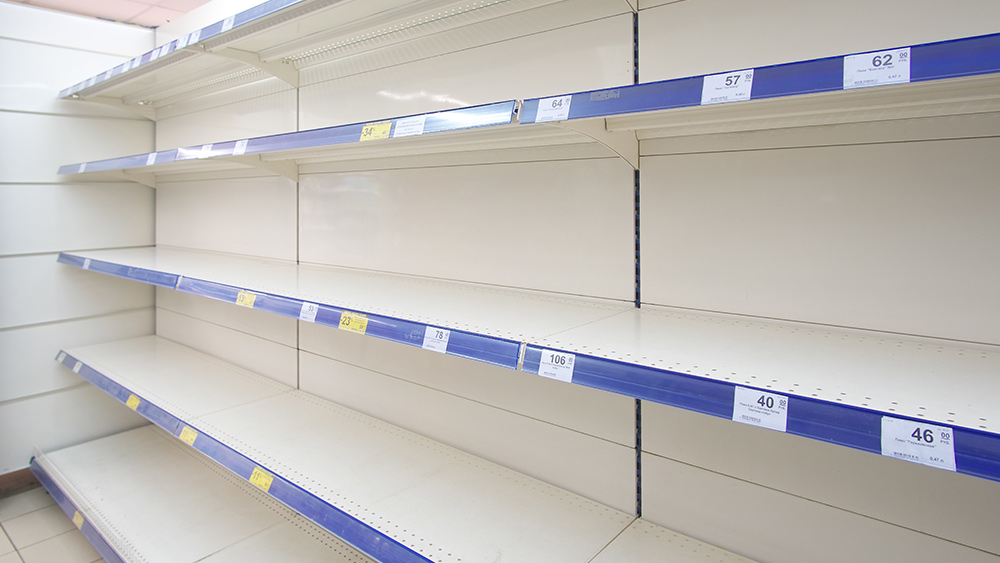Homestead must-haves: 23 Ways to use cornstarch
06/16/2022 / By Zoey Sky

Cornstarch isn’t usually the first thing you think of when asked about pantry staples, but this useful ingredient has many uses.
You can use cornstarch as an egg substitute, for cleaning purposes and as DIY dry shampoo. (h/t to HomesteadSurvivalSite.com)
Cornstarch is a white, powdery substance made from the endosperm of dried and ground corn. It is composed of starch molecules that unravel and swell when moistened and heated.
This unique gelatinization process makes cornstarch a great thickening agent.
Cornstarch is a gluten-free alternative to wheat flour thickeners and it can be used in gravy and sauce recipes. When using cornstarch, you don’t have to worry that it will overpower other ingredients because it is transparent and nearly flavorless.
Use as an egg substitute
If you need eggs, but only have cornstarch in your kitchen, substitute the latter for eggs.
You can substitute cornstarch for eggs in some baked foods by dissolving one tablespoon of cornstarch in three tablespoons of water. The mixture will roughly match the consistency of an egg.
Separate marshmallows
If your kids love marshmallows but hate getting them stuck to each other in the bag, add a teaspoon of cornstarch to the bag. Close the bag and shake to loosen the marshmallows that are stuck together.
Treat insect bites and stings
Make a paste by mixing three tablespoons of cornstarch and one tablespoon of water. Place the cornstarch paste over the bitten area of the skin and let it dry.
Leave the cornstarch paste on overnight to relieve pain and swelling.
Protect feet from blisters
Cornstarch can help provide a barrier between your feet and shoes.
If you’re going hiking, keep your feet dry with talcum powder and cornstarch. Sprinkle some cornstarch into your shoes and socks to prevent excess moisture.
Adding talcum powder in your shoes and socks will also help prevent sweat from causing blisters.
Soothe sunburn pain
If you’ve gotten sunburned over the summer, soothe the pain with a cornstarch paste. Gently dab a cornstarch and water paste on your skin, then let it dry before gently brushing off.
Alternatively, you can sprinkle cornstarch on your bedsheets to reduce friction that can hurt sunburned skin as you sleep.
Clean windows and glass
Avoid harmful chemicals in window cleaners and make a non-toxic alternative using cornstarch.
Mix two tablespoons of cornstarch, half a cup of ammonia and half a cup of white vinegar into a three- or four-quart bucket of warm water. The solution will look milky.
Pour the solution into a spray bottle and spray it on windows, rinse with fresh water and then rub dry with a clean lint-free cloth.
Remove stains on table linens and clothing
When dealing with a fresh stain, you can use cornstarch to remove blood, grape juice, red wine and other hard-to-remove stains.
Make a cornstarch and water paste, then quickly cover the stained spot with the paste. Rub it gently into the fabric.
After it dries, brush off the paste. Repeat if necessary. (Related: Prepper must-haves: 3 Ways to use bleach when SHTF.)
Freshen stale-smelling rugs and carpets
If your living room smells a little funky, sprinkle cornstarch on carpeting and then vacuum for a fresher scent.
Remove carpet stains
Make a paste with cornstarch and milk. Apply the paste to ink, wine, or other stains on your carpet.
Let the mixture dry for several hours, and then vacuum. If you’re trying this remedy for the first time, try it on a small out-of-the-way area to check if it will cause discoloration on your carpet.
Absorb furniture polish residue
If you used too much polish and oil on your furniture while cleaning, sprinkle the surface with a little cornstarch to remove any residues.
Wipe and buff the surface.
Reduce or remove ironing scorch marks
If you make a mistake while ironing, dampen the scorched area of clothing before sprinkling it with cornstarch. Let it dry, and then brush the cornstarch away.
Untangle knots in strings or necklaces
Remove tangles in strings, necklaces, or shoelaces by sprinkling them with a bit of cornstarch to loosen them.
Freshen up stuffed animals
If your kids or pets have old stuffed animals that could use a bit of freshening up, place the toys into a bag. Sprinkle cornstarch into the bag, seal the bag and shake.
Brush off the cornstarch.
Get rid of cockroaches
Mix equal parts cornstarch and Plaster of Paris, then sprinkle the mixture into cracks and crevices that cockroaches frequent in your home.
The cornstarch will attract roaches, but the Plaster of Paris will kill them. Use this remedy with caution because Plaster of Paris is poisonous to humans as well.
Shine silver
Polish silver jewelry with cornstarch.
Rub a thick paste of cornstarch and water on the silver. Let it dry, then buff the silver with a soft, dry cloth.
Make a dry shampoo
Cornstarch will soak up hair oil, so when SHTF you can use it as a dry shampoo ingredient.
Combine two parts cornstarch with one part baking soda, then lightly dab the mixture on your hair roots. Brush it through thoroughly.
Make DIY deodorant
Cornstarch absorbs moisture, making it a great ingredient for DIY chemical-free deodorant.
Combine equal amounts of cornstarch and baking soda. Use a makeup brush and apply the mixture to your underarm area.
Moisturize irritated skin
If your skin is dry, use cornstarch to make a soothing milk bath.
Mix two cups of whole powdered milk, half a cup of cornstarch and half a cup of baking soda in a sealable container. Cover the container, then shake until well blended.
Remove the lid and add about 10 drops of your preferred essential oil. Shake again. Add the mixture to your bathtub before soaking.
Detangle and freshen pet hair
Between baths, you can use cornstarch to keep your dog smelling nice and fresh.
Sprinkle cornstarch on a shaggy dog’s coat to help get out tangles. Brush thoroughly.
Prevent athlete’s foot
Keep your feet healthy and prevent athlete’s foot by sprinkling cornstarch in your shoes to help absorb moisture.
Make DIY matte nail polish
If you have nail polish, but want a matte finish, mix a small amount of cornstarch into the bottle before applying.
Make DIY fingerpaints and slime for the kids
Follow the steps below to make fingerpaints with cornstarch:
Steps:
- Mix 1/4 cup of cornstarch and two cups of cold water.
- Bring the mixture to a boil, then continue boiling until it thickens.
- Pour the mixture into different containers and add a different food coloring to each one.
You can also make DIY slime with cornstarch:
Steps:
- Add several drops of your preferred food coloring to a cup of water.
- Add two cups of cornstarch to the water.
- Turn the mixture into a ball. The “slime” will return to a liquid state when you release it.
- Store the slime in a lidded plastic container in the refrigerator until the next time you use it. If you’re going to get rid of the slime, don’t throw it in your kitchen sink because it will clog the drain. Instead, throw it in the trash.
Make a kid-friendly paste
Use cornstarch to make a kid-friendly paste by combining three teaspoons of cornstarch with four teaspoons of water. You can use construction paper pastes for kids’ art projects.
Kids can use their fingers or a wooden popsicle stick to apply the paste.
Visit NaturalNewsTips.com for more useful prepping tips that you can try around your homestead.
Watch the video below to learn how to make natural cleaning products using ingredients in your kitchen.
This video is from the Natural News channel on Brighteon.com.
More related stories:
Prepper must-haves: 14 Ways to use baking soda on your homestead.
Prepper must-haves: 7 Medicinal uses of activated charcoal.
Prepper must-haves: 10 Survival uses of hydrogen peroxide.
Sources include:
Submit a correction >>
Tagged Under:
alternative medicine, cornstarch, home remedies, ingredients, natural cures, natural health, natural medicine, natural remedies, off grid, preparedness, prepper, prepping, prepping supplies, remedies, survival medicine, survival supplies
This article may contain statements that reflect the opinion of the author
RECENT NEWS & ARTICLES
COPYRIGHT © 2017 PREPAREDNESS NEWS




















